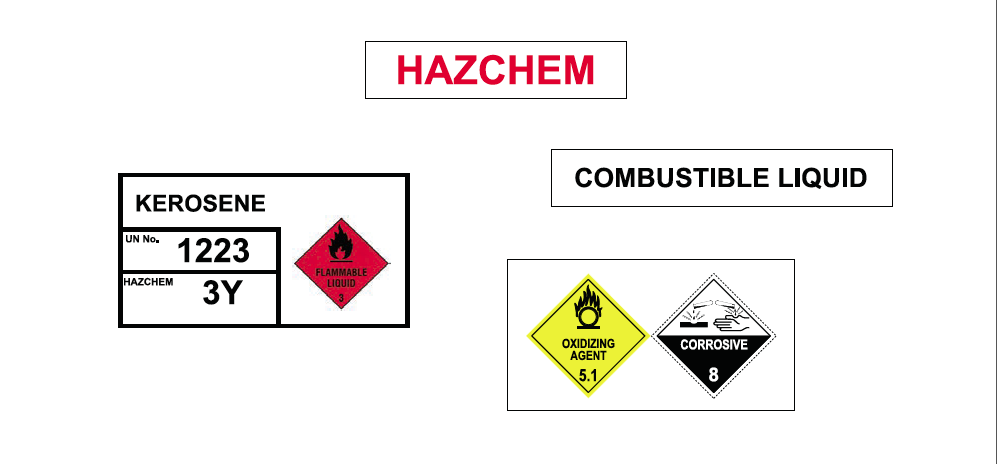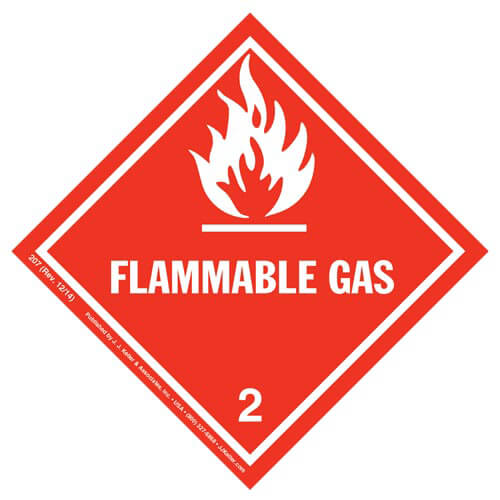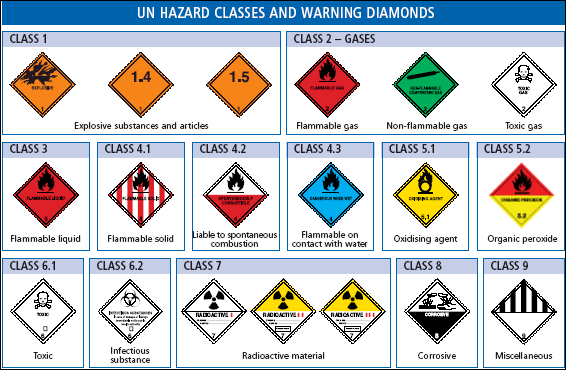07012016 Class 2 Dangerous Goods Gases Little Pro on 2016-01-07 Views. Class 2 Gases comprises compressed gases liquefied gases dissolved gases refrigerated liquefied gases mixtures of one or more gases with one or more vapours of substances of other classes articles charged with a gas and aerosols.

Dangerous Goods Regulations Cat 9
Class 1 and 7 Direct DrivingTruck Losing.

Dangerous goods class 2.1 storage. Trafalgar Safety Aerosol Storage Cabinets are projectile protection cages for the lawful storage of aerosol cans in the work place. It covers compressed gases liquefied gases dissolved gases refrigerated liquefied gases mixtures of gases and aerosol dispensersarticles containing gas. Import Containers contains of dangerous goods.
CLASS 2 GASES. Dangerous Goods include substances that are. Total quantity of all dangerous goods 25 250 1000 1500 The following tables list the requirements under ASNZS 38332007 for the separation of and segregation within stores containing more than one class of dangerous goods in quantities exceeding those given for minor storage.
- HSG71 2 Addressed to anyone with responsibility for storing dangerous substances regardless of facility size. 28082018 Dangerous Goods Storage. Dangerous goods 25 250 1000 1500 DEDICATED COMPRESSED GAS STORE UNDER AS 43322004 Class Sub-risk 21 22 22 51 23 or 238 21 C KA 22 C 22 51 KA C C KA 23 or 238 KA C Note.
Class 21 Aerosol Storage Cabinets. An information placard is also required for the Class 21 LP Gas above ground tank. With good practice advice on the design of new facilities also within practical limits regarding.
General Requirements for the storage of all Dangerous Goods The area where dangerous goods are stored should be. Some commonly used dangerous goods include. Class 2 is divided into three divisions as follows.
Dangerous goods are solids liquids or gases that are harmful to people property and the environment. As the petrol tank is used for. Includes control measures aimed at elimination or reduction of risks due to storage of packaged dangerous goods.
71552 Class 2 dangerous goods are gases. Regulation 21 Procedure 1 PROCEDURE 1 - HAZARD CLASSIFICATION OF EXPLOSIVES Introduction 11 In 1981 Defence adopted the United Nations Systems of Classification for Dangerous Goods Class 1 Explosives and the NATO Safety Principles for the storage transport and handling of Defence explosive ordnance EO. 61 Maximum 24 hours.
Maximum storage period in terminals for containers with dangerous goods FCL LCL or Transshipment calculated based on Vessel Estimated Time of Berthing ETB. WorkCover Code of Practice. Generally Explosives and Radioactive Substances are incompatible with everything.
These products are proudly made in Australia using heavy duty steel construction. Class 2 Gases. Any application for a licence to store any DG in construction sites shall be made in writing to the Authority.
Well ventilated and well lit. 2 Placard for dangerous goods in bulk of Class 21 22 23 3 41 42 43 51 52 61 8 or 9 76 3 Placard for dangerous goods in bulk that are goods too dangerous to be transported 77 4 Placard for packaged dangerous goods other than C1 combustible liquids 78 5 Placard for C1 combustible liquids in bulk and in packages 81. Explosive flammable spontaneously combustible oxidising toxic corrosive and water reactive.
Dangerous goods other than Classes 1 2 and 7 Divisions 52 and 62 and some self- reactive substances of Division 41 for packaging purposes have been placed into three categories depending on the degree of danger they present. The Storage and Handling of Dangerous Goods. Petrol solvents paints acids and.
The application shall be accompanied by 2 sets of plans to be drawn as nearly as may be to the scale and be accompanied by a. Each dangerous goods class has a relevant Australian Standard that outlines the requirements for its storage and handling. Class 9 dangerous goods are no longer included in Schedule 11 table for placarding.
Information placard for hazardous chemicals stored in packages displaying ADG code class labels for class 51 and 8 at the storage area. Division 21 Flammable gases. Separated from ignition sources.
Detailed requirements applicable to some circumstances where Class 21 dangerous goods are stored and handled. 16012019 Each dangerous goods class has different chemical and physical properties and therefore each different class must be stored and managed in a safe and compliant manner. Gases are defined by dangerous goods regulations as substances which have a vapour pressure of 300 kPa or greater at 50C or which are completely gaseous at 20C at standard atmospheric pressure and items containing these substances.
The national code provides information and guidance for the storage and handling of. The class encompasses gases mixtures of one or more gases with one or more vapours of substances. CLASS 21 22 23 3 41 42 43 51 52 61 8 9 21 Flammable Gas A E C B B D B D D C B B 22 Non-flammable Non-toxic Gas E A B E E E E B E B B B 23 Toxic Gas C B A C C C C C C B B B 3 Flammable Liquid incl combustibles.
A number of aids such as checklists flowcharts and sample forms have been included to assist industry to comply. The details are as follows. Trafalgar Safety Aerosol Cabinets are available in three standard sizes 14 or 80 or 180 can storage.

The 9 Classes Of Dangerous Goods 8 By Shippr Medium

Class 1 Dangerous Goods Explosive Substances And Articles

Placarding For Storage Of Hazardous Chemicals Safework Nsw

Classes Dangerous Goods International
Handling Imdg Cargo Port Security Center

Gqa02 Heavy Duty 9kg Lpg Cylinder Storage Storemasta Bottle Store Storage Locker Storage

Dangerous Goods Classification Aeg Logistics Effective Smart Logistics


0 comments:
Post a Comment